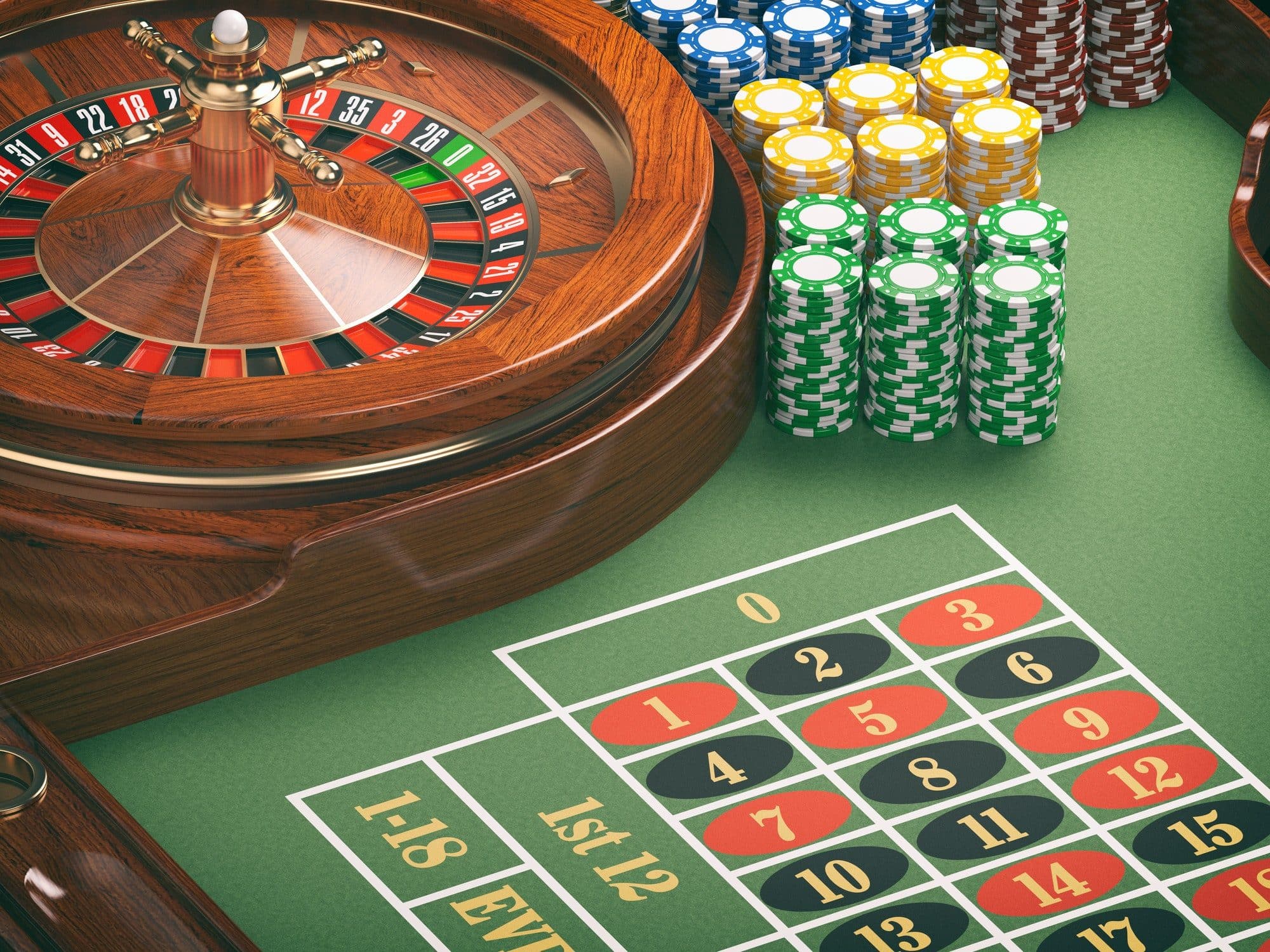
Casino games have long captivated people’s attention, drawing participants into a universe filled with fortune, strategy, and the allure of excitement. Each activity is painstakingly crafted not just for fun, but also to inspire specific emotional responses that keep participants immersed and invested. Understanding the motivations behind these designs reveals much about how behavioral psychology plays a vital role in the gaming experience.
From the dazzling lights and lively sounds to the intricate layering of rules and incentives, casino games are designed to create an atmosphere of thrill and expectation. Game designers leverage psychological principles to influence player behavior, whether through the use of jackpots, close-call situations, or social connections. By examining these aspects, we can better appreciate how casino games fulfill not just a want for entertainment, but more profound psychological needs for excitement and risk.
Comprehending Player Actions
Casino games are crafted with a profound understanding of player psyche, which is essential for luring and keeping players. The rush of the game, alongside the anticipation of winning, creates a formidable draw. Game designers employ elements like sound effects, dynamic graphics, and captivating gameplay to seize attention and generate emotional responses. These sensory effects enhance the immersive experience, making players feel more attached in the game.
Another significant aspect of player behavior is the idea of risk versus reward. Casino games often balance high-risk scenarios with the potential for significant rewards, which can result in the phenomenon known as near-miss phenomenon. When players come near to winning, the brain releases dopamine, reinforcing their behavior and encouraging them to continue playing in pursuit of that elusive win. This cycle of anticipation and frustration plays a key role in how games are constructed and promoted.
Lastly, social elements also play a central role in player behavior at casinos. Many games are crafted to be played in pairs or in company with other players, fostering a sense of community and collective experience. The interaction inherent in games like baccarat enhances enjoyment and can culminate in prolonged gaming periods. Designers leverage on this by creating environments that invite players to stay, connect, and return, making the overall casino experience more appealing.
The Role of Visuals and Sound
Imagery and sound play a vital role in improving the gambler’s experience within gambling games. Designers utilize bold colors, striking graphics, and engaging animations to capture players’ attention and sustain their interest. Khuyến Mãi RR88 The use of themes, such as exploration or luxury, helps create an immersive atmosphere that transports players into a different world. By appealing to the senses, these elements contribute to a intensified emotional response, prompting players to interact more deeply with the games.
Sound design is equally important in reinforcing the overall experience of gambling games. The mix of ambient music, sound effects for winning combinations, and ambient noises creates an auditory landscape that holds players enthralled. Audio cues associated with wins, such as ringing bells or celebratory music, evoke feelings of excitement and reward, encouraging players to continue playing. These audio cues are carefully placed to enhance the thrill of the game and create a more engaging experience.
Additionally, the synchronization of imagery and sound is crucial for reinforcing the game’s overall concept and mood. Each element should coordinate seamlessly to create a unified experience that pulls players in. The effective use of this integration not only improves user satisfaction but also boosts the chances of repeat play, as players become more engaged in the captivating world that the casino games offer. This thoughtful integration of visuals and audio ultimately enhances player engagement and commitment.
Reward Systems and Participation
The creation of gambling games greatly depends on reward systems to keep participants engaged and coming back for additional experiences. These structures are based in behavioral principles that exploit human nature and desire. Participants are often motivated by the thrill of success, which is supported by immediate responses through the game’s mechanics. This instant gratification not just improves the overall experience but also fosters a sense of achievement, encouraging participants to continue participating in hopes of greater rewards.
Casinos implement various reward structures, such as jackpots, bonuses, and increased rewards, to captivate participants. These elements create a level of thrill that maintains engagement. Additionally, the randomness of results plays a significant role in keeping interest. The variable reward system, where successes are random but occur often enough, maintains participants on edge and motivated to keep playing. This loop of anticipation and expectation is essential to the effectiveness of gambling experiences. https://rr88c.pro/
Moreover, community aspects, such as tournaments and multiplayer features, boost the engagement factor by tapping into the competitive nature of players. The shared experience of playing with fellow participants can intensify the thrill of success and create a community atmosphere within the gaming space. By combining these community elements with effective reward systems, casino games don’t just offer entertainment but also nurture a deeper connection among players, reinforcing their commitment to the overall experience.